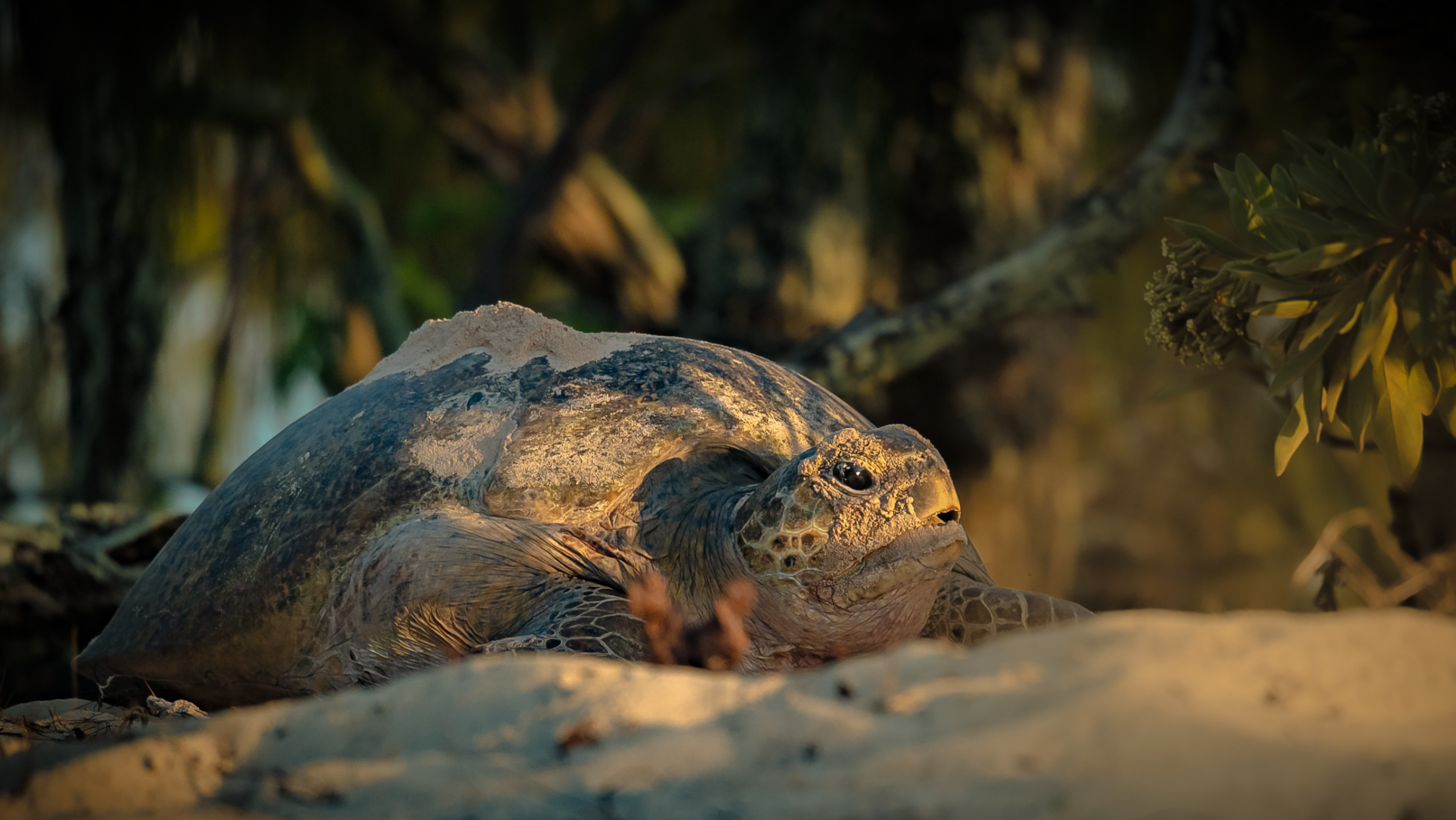
🐢 The Life Cycle of Green Sea Turtles in the Great Barrier Reef.jpg)
I spent time on Heron Island, a tiny coral cay in the heart of the Great Barrier Reef.
A place small on the map, but immense in meaning: chosen by ancient beings to continue their lineage.
I lived through a whole cycle there, surrounded by people who felt like disciples of nature.
Every time I thought about it, everything became magical.
It was like living inside a painting from another universe.
Birth
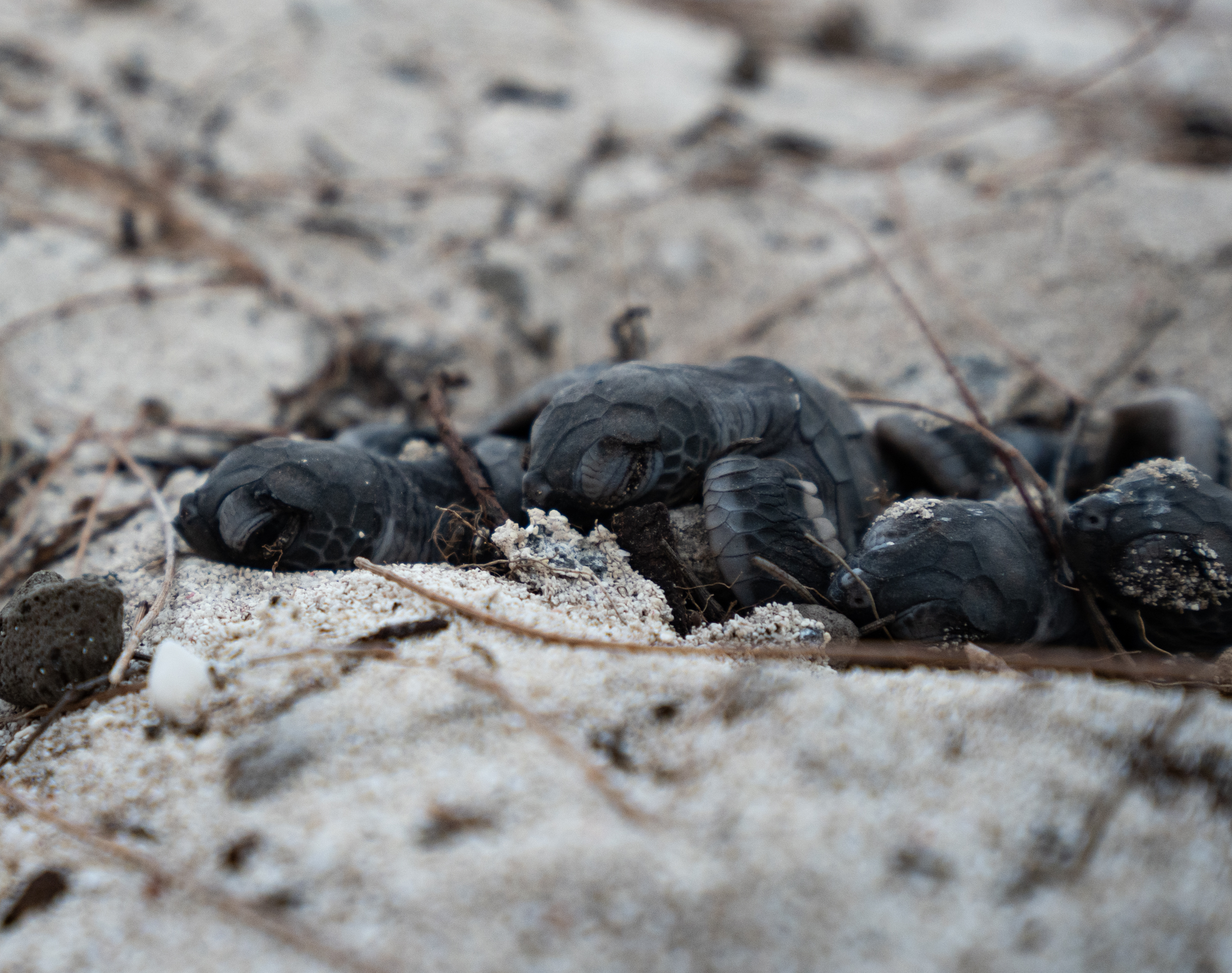
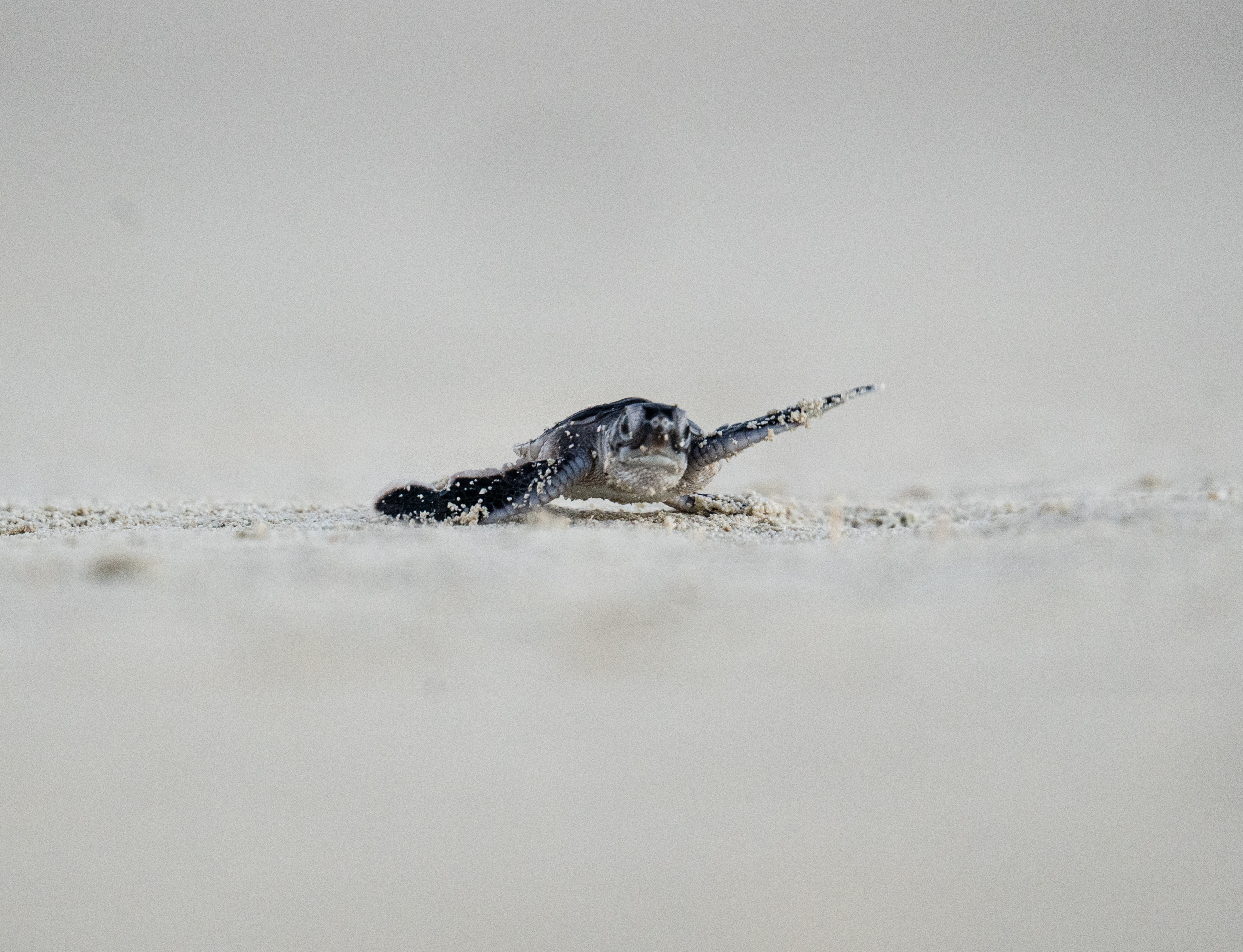
Just a few meters from where I slept, the sand held treasures.
Each nest, only half a meter deep, sheltered around one hundred eggs.
After forty-five to seventy days of incubation, under starlight, the hatchlings broke their shells and raced toward the ocean.
It was a scene both tender and harsh.
Only one in a thousand hatchlings will survive to adulthood.
Seagulls waited in the sky, crabs and sharks in the shallows.
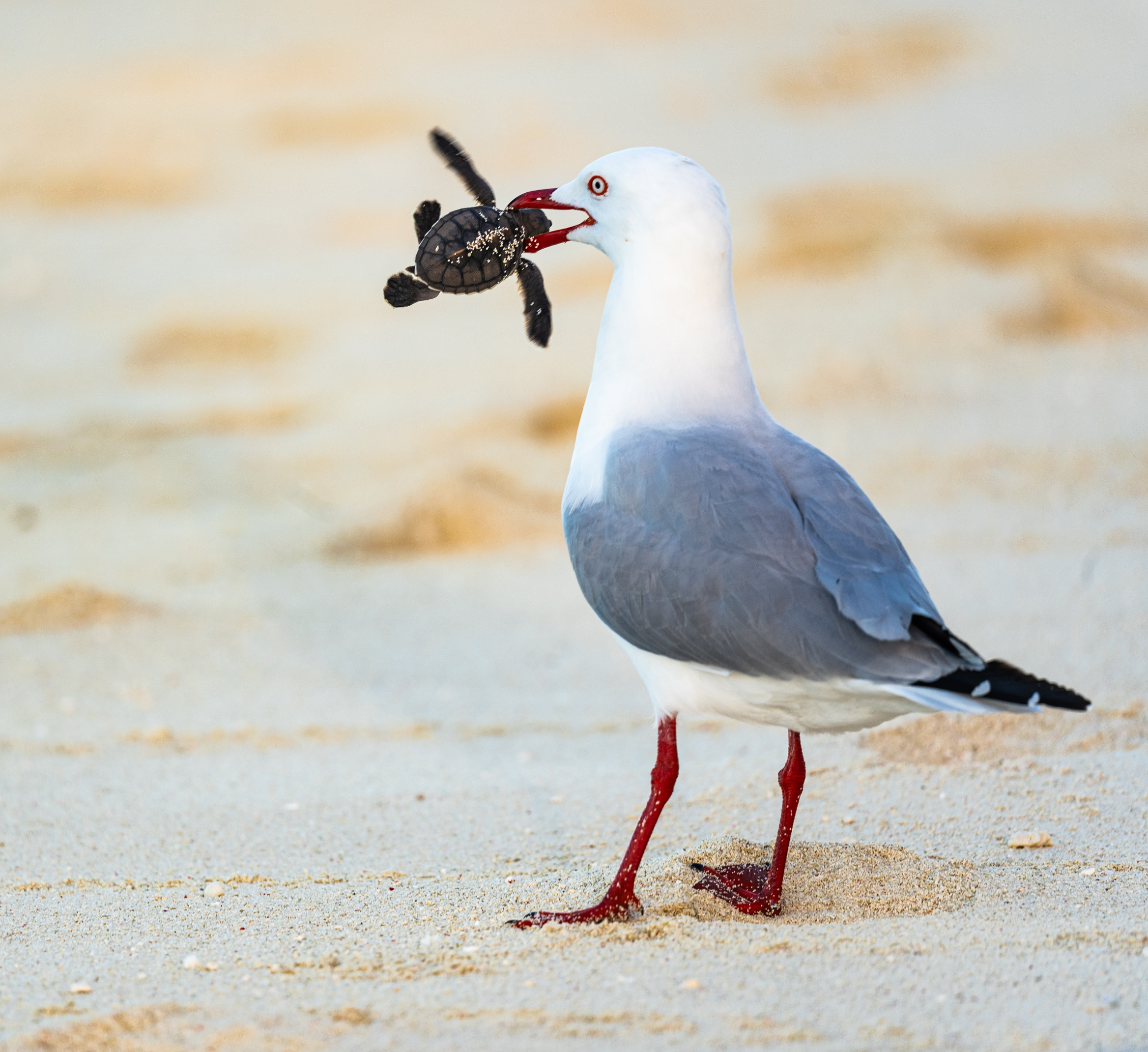
Some made it into the water… and from that moment on, only the ocean holds their secrets.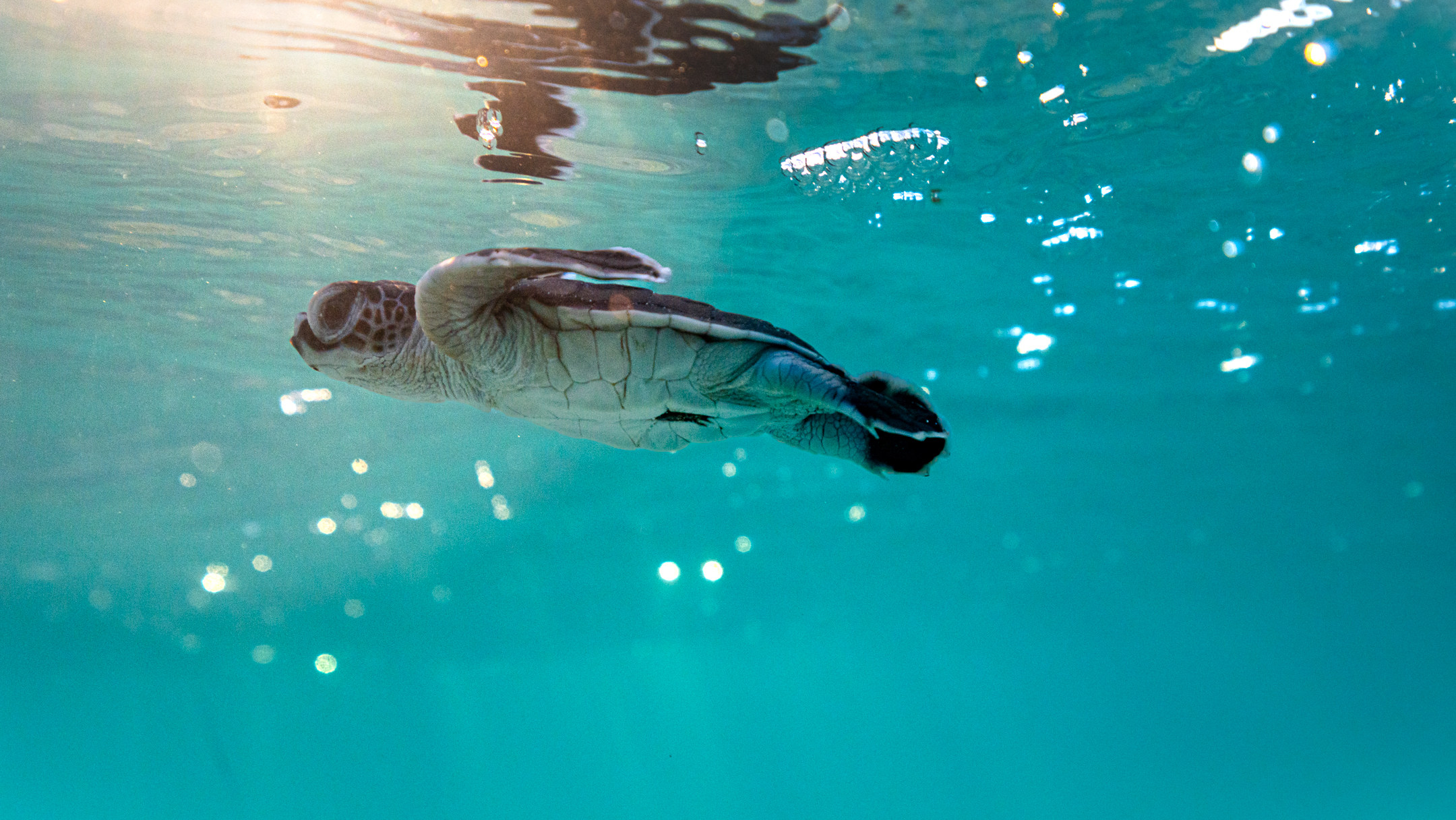
The Lost Years
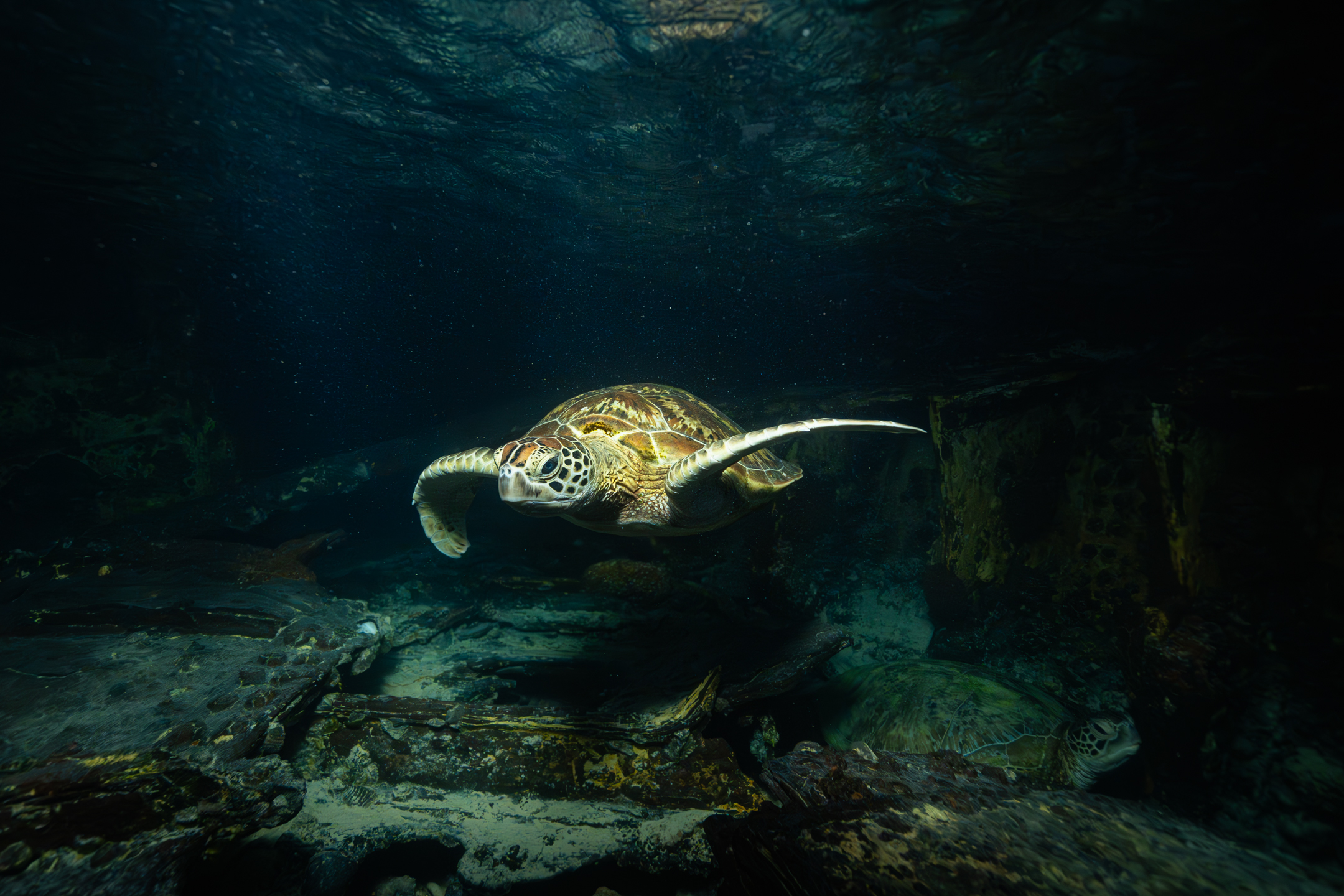
The early life of sea turtles is still largely a mystery.
Scientists call this stage the lost years.
They drift in the open ocean for decades, carried by currents, invisible to us.
What we do know is that they carry something extraordinary:
an internal magnetic compass.
Guided by Earth’s field, they can cross entire oceans and eventually return to the exact same beach where they were born.
The Return
When they come back as adults, their presence is imposing.
Most weigh between 110 and 180 kilograms, though some giants can exceed 250 kilograms.
In the water, they move with elegance, fluid and ethereal.
But on the sand, each step is heavy, every movement an effort.
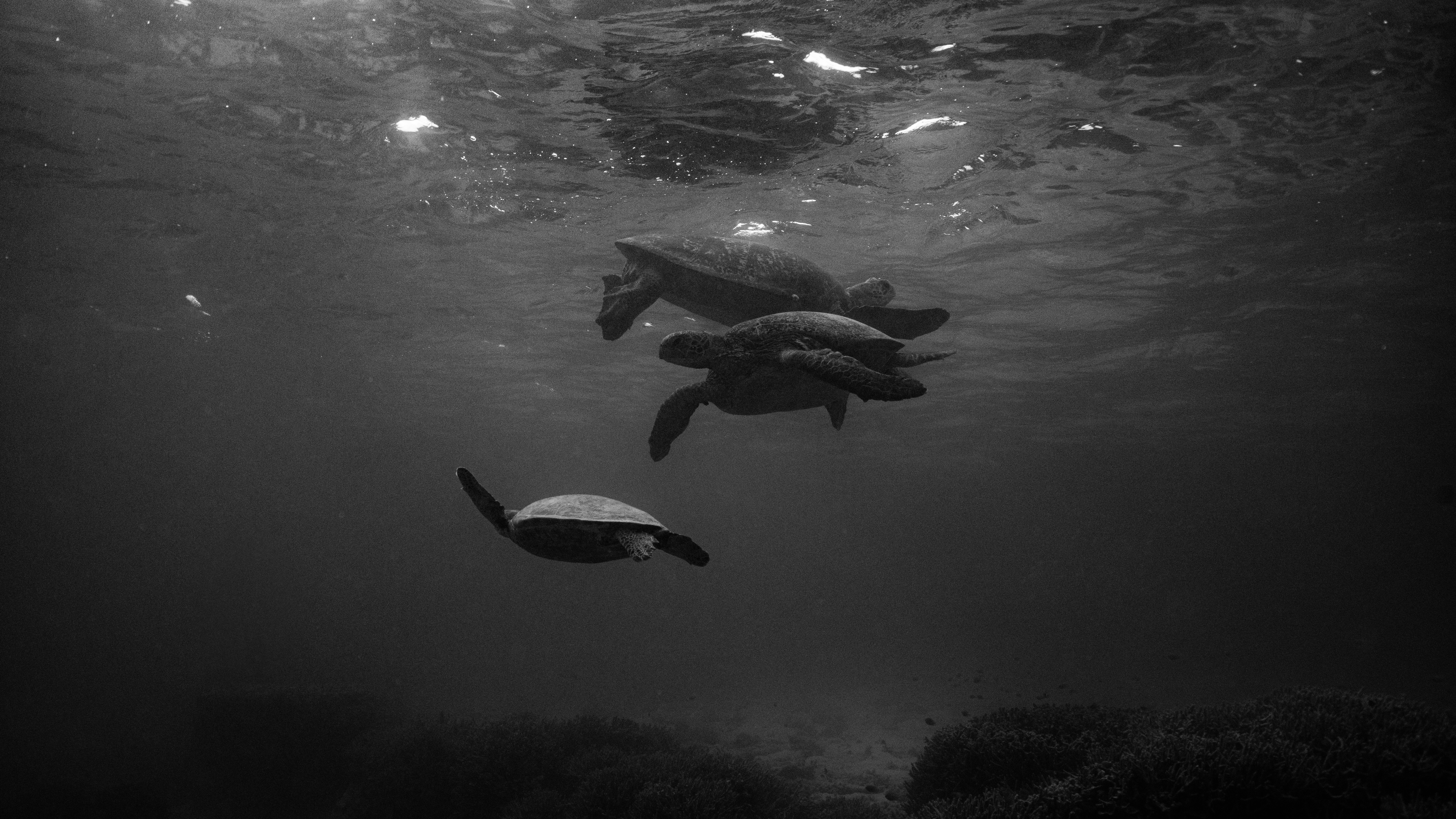
During a single nesting season, a female can lay eggs up to ten times.
Every nest,forty to fifty centimeters deep,holds around one hundred eggs.
Everything is designed to give life another chance.
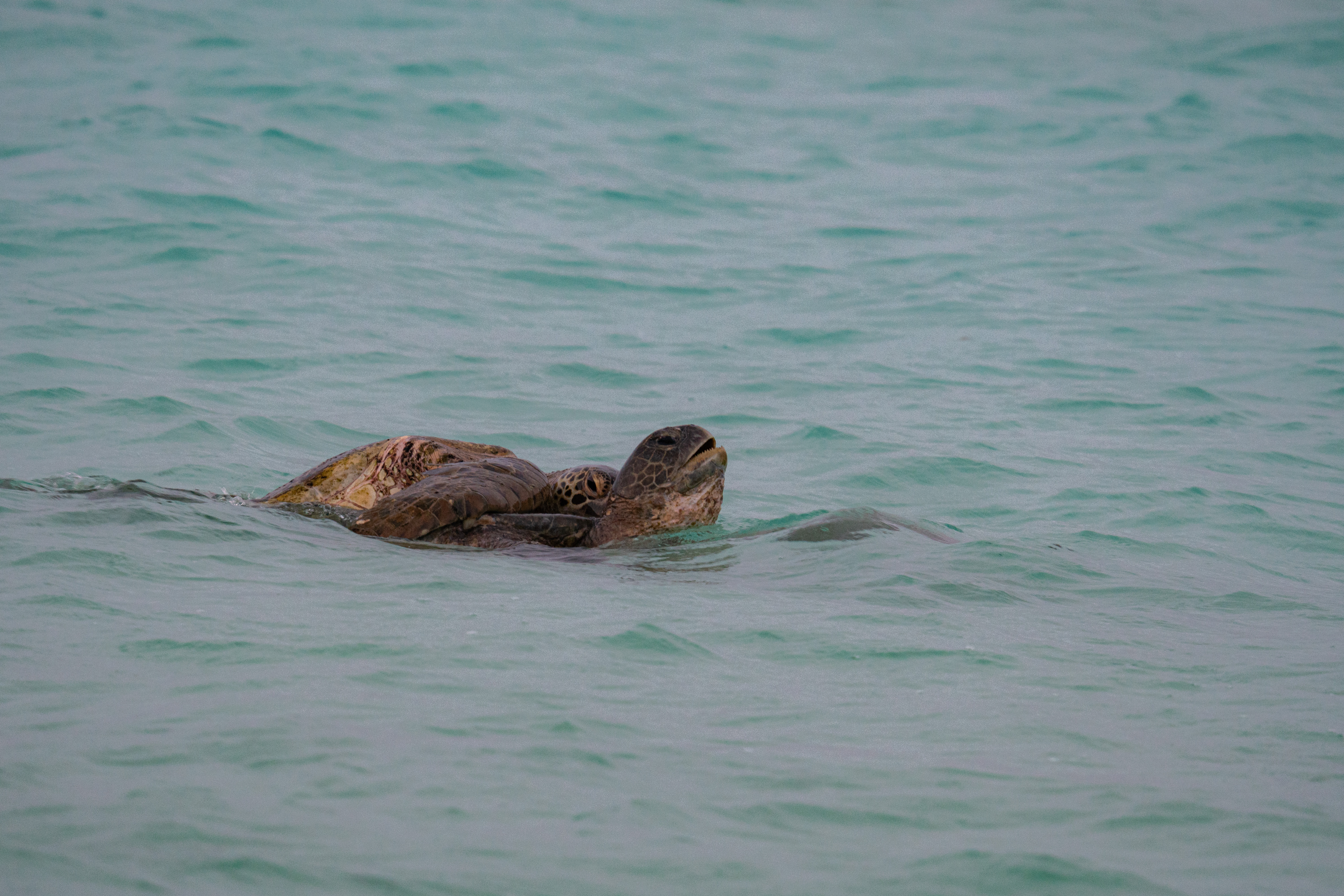
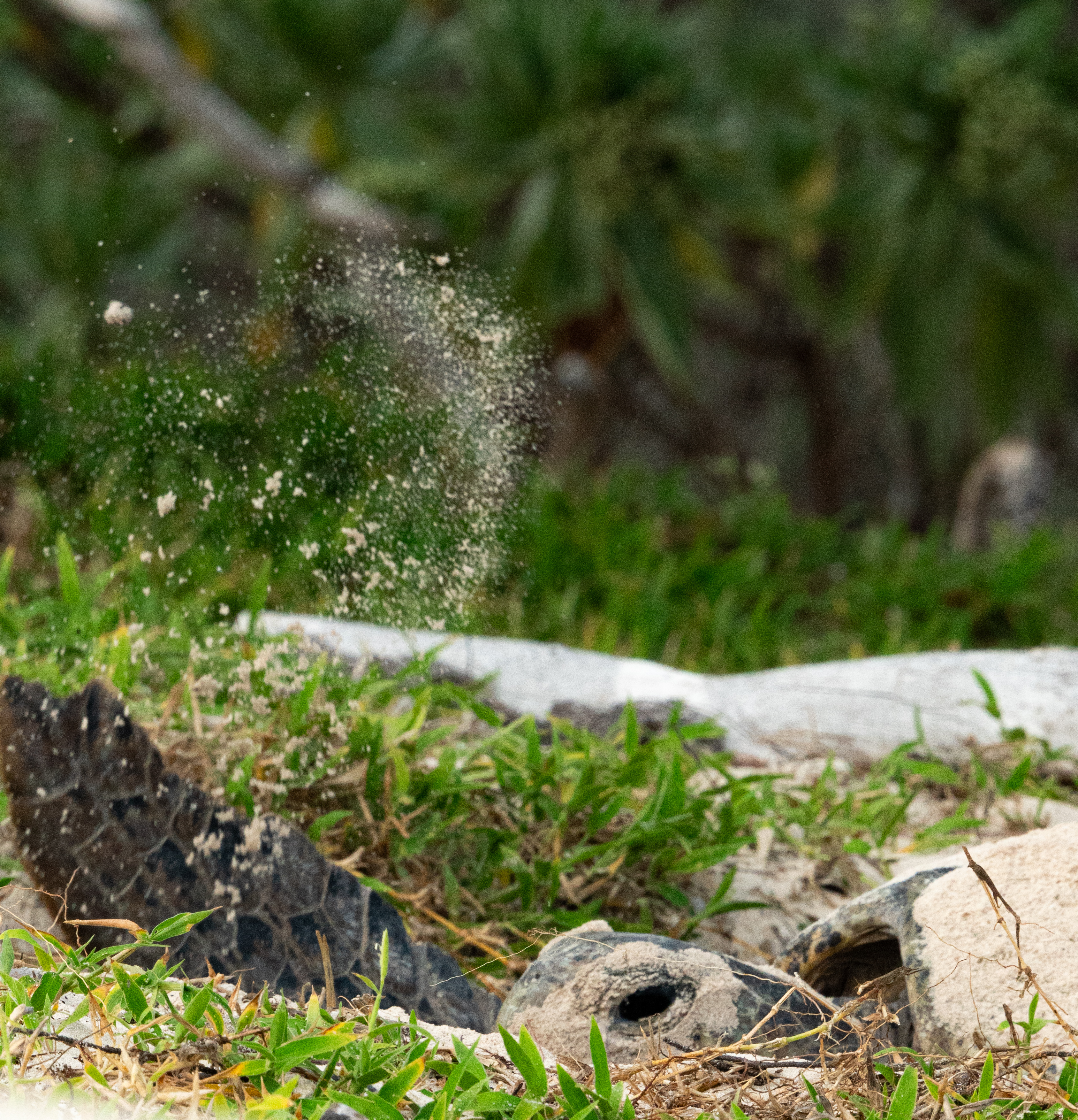
A Cycle at Risk
Today, climate change threatens to break this delicate cycle.
The sex of the hatchlings is determined by the temperature of the sand:
-
Below 29 °C → mostly males.
-
Above 29 °C → mostly females.
Now, on many nesting beaches, sand temperatures rise above 30 °C.
Entire generations risk becoming almost entirely female.
The survival of the species hangs in the balance.
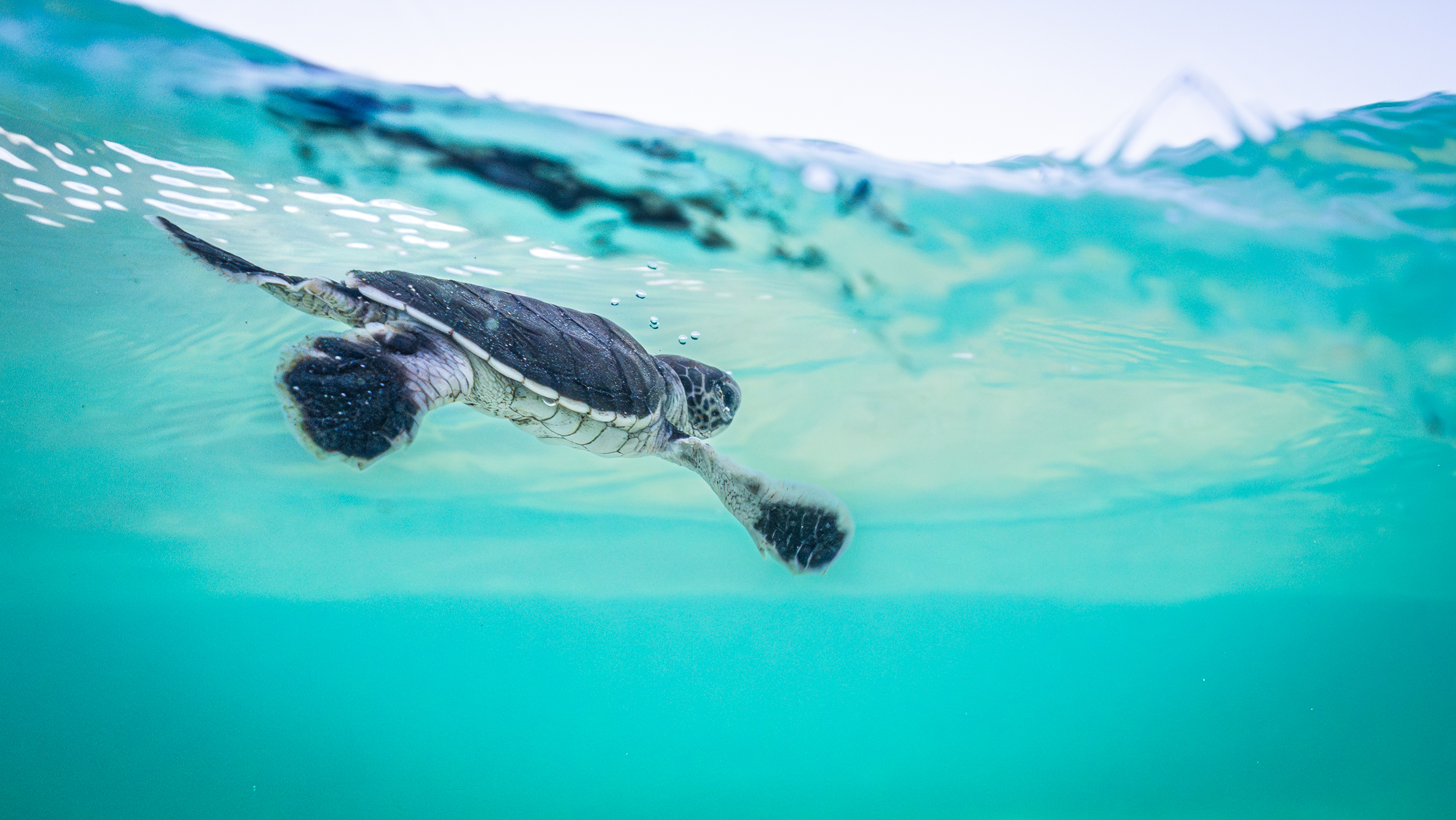
.jpg)
And yet, they continue.
Dragging themselves across the sand, trusting the universe, repeating this cycle for millions of years.
Final Reflection
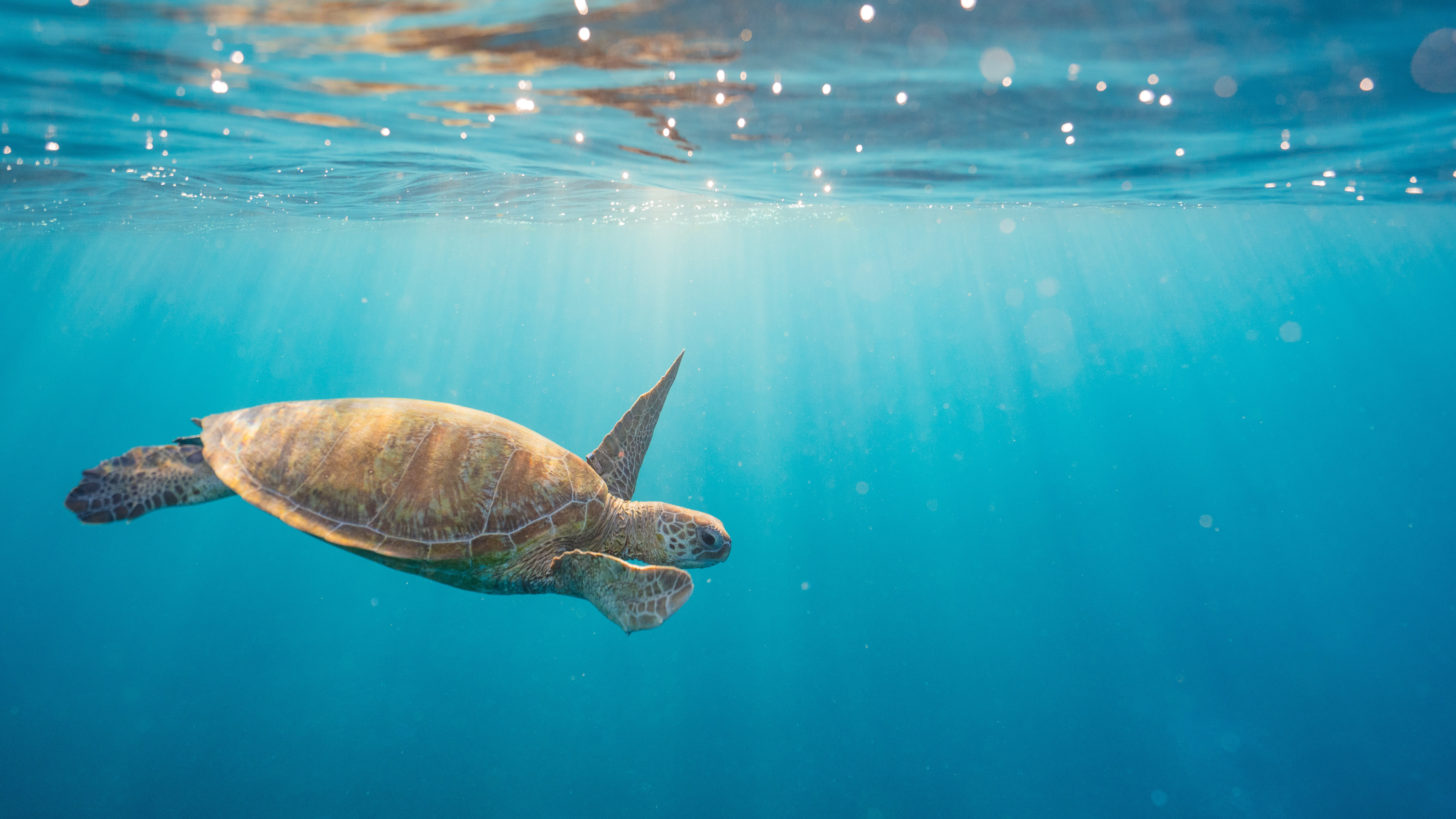
There are still gaps in our knowledge.
It is almost impossible to fully follow the ancestral rhythm of these animals.
But one thing is certain: green turtles are as beautiful as they are fragile.
And we must wake up before we lose them.
With the support of the Australian Marine Conservation Society, the University of Queensland on Heron Island, and my fellow wildlife addicts, I was able to live and document this story.
I invite you to believe in nature.
I invite you to see the whole short film here.
The life cycle of the green sea turtle. FULL MOVIE
Click avobe
To feel empathy. To recognize that these animals live alongside us, every single day, fighting to survive.
May the ocean always be with you.



